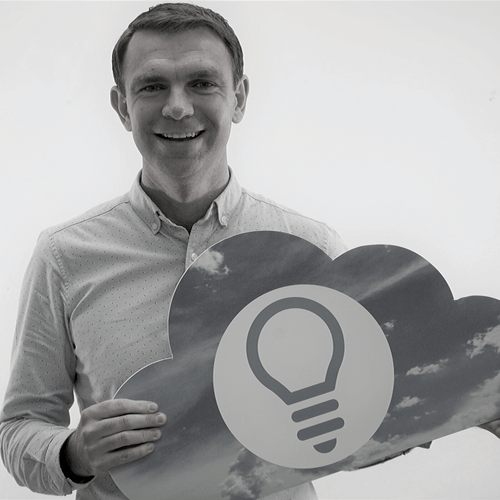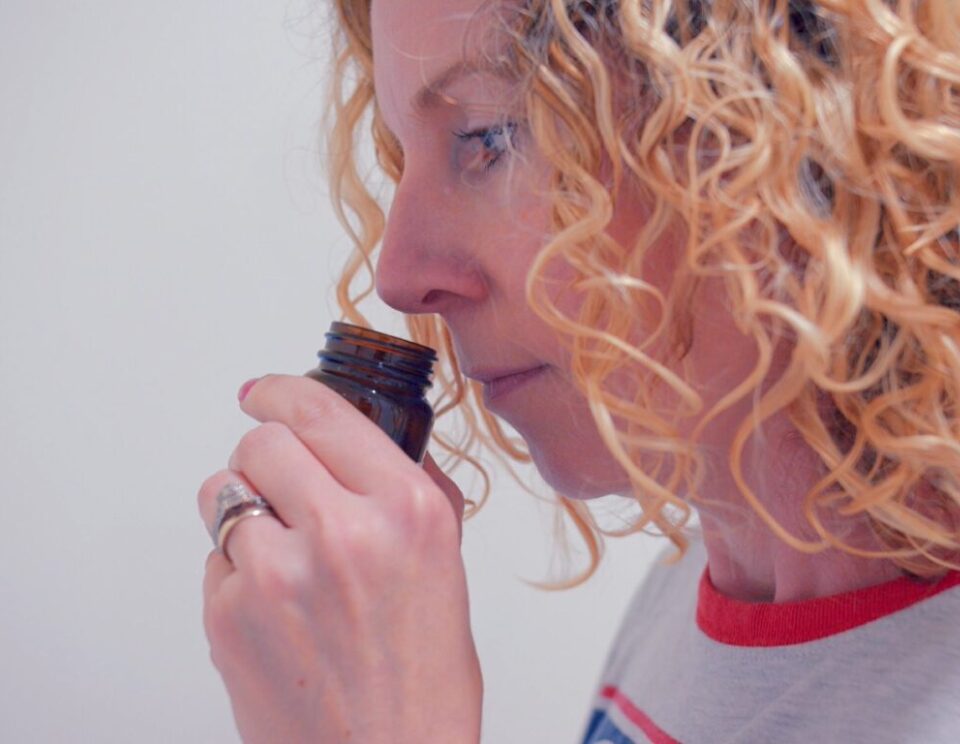This is quite a risky thing to say. Sometimes I think the real world is undervalued by the insight industry. You know, the world where you give a product or idea to a person in their real context, and just watch or listen.
It's risky because it immediately leaves me open to sounding like I don't love digital, neuroscience and the amazing potential of AI, machine learning and possibly even blockchain to revolutionize the efficiency, accuracy and impact with which we connect clients and consumers (because if a new approach doesn't do that, what's the point?).
So, for the record, I spent years specializing in neuro techniques and love them. They have shone a light on areas of consumer behaviour we'd never seen before. I also led a media and digital team for several years and was a regular speaker at IAB events. Ad and insight tech innovation is fun and often powerful.
The thing is…
I have a sneaking feeling that some of the focus on digitised data, analytics and modelling comes from the ease with which it can be created. Digital behavioural, social, attitudinal, search, sales, bio… you name it… data is everywhere and it's cheap. It's made brands and campaigns easier than ever to measure, opinions easier to find, models easier to run and has brought down cost.
Sometimes though, the more you zoom in the less you see. The deeper into the algorithm, the further away from Tracey, using deodorant in a hurry, in a gym, as she rushes out the door in Doncaster.
It got me thinking about my vinyl record collection.
Like most people, about 99% of my music consumption is via Spotify. My CDs are long confined to the garage. I used to think that having all my albums on an iPod was amazing. I now think that having access to ALL THE WORLD'S MUSIC via an app is pretty much peak evolution (ALL THE WORLD'S MUSIC!).
And yet, every now and then, there are records that deserve to be handled – taken gently from their sleeves, placed lovingly on the turn table and listened to, really listened to, with the lights low and my favourite people close by. Spotify has the Beatles now, but it will never have my dad's White Album, bought on the day of release in 1968 and near perfect except for the slight crackle only 50 years of history can give.
I'm a 30-something father of 2 small children; I have to take excitement where I can find it. Recently, excitement found me in the form of a multi room wireless sound system (Audio Pro, since you ask. 5* review. Buy now). Suddenly, I can listen to the records I love anywhere in my house. The beautiful crackle of the ages is still there, but the rest is entirely wireless, controlled via my phone. It's analogue turned digital. Digilogue?
How does this link to Insight?
If we rush only towards the shiny tech and digital we will lose something powerful, something important. Not a vinyl crackle, but the real consumer, in the real world.
This person is using our brand with complete detachment, whilst their child jumps on them and whilst they desperately try to reach the plug for the wi-fi that's come loose again. The real world is where our customers live, love, shop, buy and experience what we sell. It's this world that we need to empathise with.
Traditionally, this world has been expensive and slow to get to, so the focus has turned to predicting it via large panels and tech. Today we are seeing platforms, tools and thinking that have dramatically redressed that balance, allowing the 3rd and crucial aspect of Faster, Cheaper, Better. The smart brands are experimenting with them already.
Some brands, iPhone for example, are created by great minds with incredible natural empathy for what will fly. Others need insight help to make the connection. Whether or not an agency is needed isn't the point. The point is that a human connection to the real world is what drives the greatest brands. And it's the simplest work to do.
Anyone who has been to an insight or marketing conference recently will know what I mean when I say that some of the most eye catching pitches are more tech than insight. It's fantastically exciting and if it didn't add value it wouldn't be thriving like it is. My point is just that the best work, the work driving brands that really connect at scale is routed in human insight – the emotions, body language, behaviour of a real person.
Last week I saw a consumer generated video (collected using an app) of a real person using a real product in a real bathroom change a real brand's direction immediately. I've seen fantastic modelling work, but the impact is never so fast, because it takes 30 minutes to explain the algorithm (that's if it can be explained). Even if the tech predicts the need, it's a common and unnecessary risk not to check in with a real person before charging forwards.
To put it simply; we must be careful not to think tech can do it all. There remains an important need for that simplest of things – empathy with a real life person. And the great thing about people is that, even if we have drifted away for them in search of an automated nirvana, they will still be there ready to help us if we just ask.
Blue Yonder is an innovation insight company. No one loves a new way more than us! What we've found time and again is that it's still the combination of humans and tech that do the best work.
What do you think? Am I wrong? Have you seen any analogue/digital (Digilogue?) gold recently?





Stay In Touch